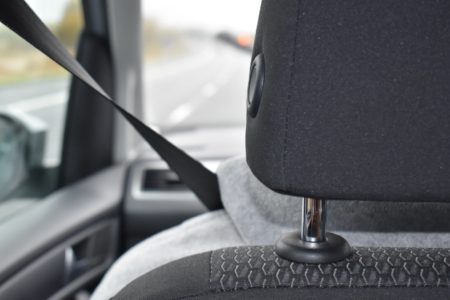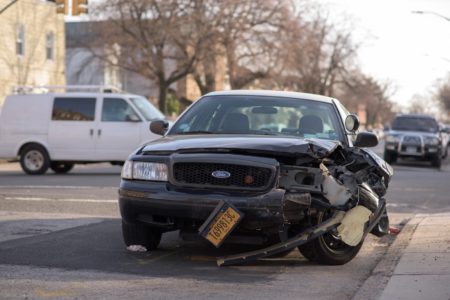Teaching your teen to drive is a job to take seriously. Driving is a skill they will use for the next 70 years, and there are never any do-overs in a car. “Turn here” is not an instruction any more than “you drive to the mall” is a driving lesson. Here are 5 more common mistakes parent-coaches make:
1. Parents give commands instead of instructions. ‘Turn here’ is a command and it’s open to interpretation just the way ‘clean your room’ is. In the latter, you could find the room vacuumed, dusted and perfectly organized. More likely, you’ll find the clutter swept under the bed and an avalanche when you open the closet door!
When you need specific results, your instructions need to be very clear. Break them down step-by-step. Every driving maneuver has 3 parts: The Approach (when they get into the correct position to execute the maneuver), The Maneuver and The Resume (when they move back into traffic).
2. Parents don’t demonstrate the maneuver first.
Even though you’ve been chauffeuring them for years, most teens haven’t really been watching what you’re doing – at least, not in a way they could replicate. Demonstrate each maneuver before you ask them to do it. Explain what you’re doing –step-by-step as you do it. Then make sure it’s clear by asking some questions. Use diagrams to make your points clear.
I read about a mom who was teaching her daughter to make a left turn on a busy street. She told her to ‘move to the left” and the daughter moved all the way to the left side of the road into oncoming traffic!
3. They concentrate on the mechanics of handling the car and forget to teach where to look. One of the biggest challenges for new drivers is to get their eyes up and keep them looking ahead 15 seconds down the road – instead of on the car in front of them.
Drivers need to be sweeping their eyes across their mirrors and the roadway regularly. By scanning the road effectively, they’ll be able to recognize potential hazards before they become problems and react appropriately.
4. They don’t talk about safety issues like seat belts, speeding and driver distractions. Yes – teens see the commercials but they don’t always sink in, which is why these issues are linked to so many teen driving tragedies every year.
Talk about important safety issues and create a family agreement with rules and penalties for breaking them. Parents and teen drivers should sign it. This makes certain everyone understands the rules and also provides your teen with an excuse for doing the safe thing. (“If I get a speeding ticket, I’ll lose the car for a month …”)
5. They invest time and effort into teaching their teen to drive safely but don’t ensure their son or daughter’s friends have had similar training.
Half of the teens who are killed in crashes every year were riding as passengers. Make sure you talk with other parents about the importance of teaching their teen to drive safely too and be selective about who you allow your youth to ride with. Forwarding this article to family and friends is a good start.




